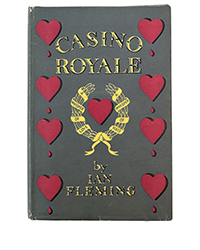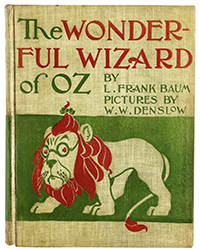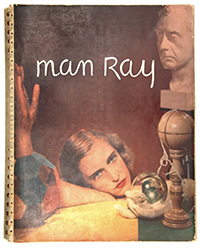Rare Book Monthly
Articles - October - 2003 Issue
Future Libraries<br>Dreams Madness & Reality<br>By Walt Crawford and Michael Gorman
Technology is not supposed to care who it hurts. It is supposed to multiply and increase and remake the landscape in an ever new way. It finds a better way to do things and we not only let it happen; we encourage it. That needs to be the case here.
A year ago I ran into a situation where a recruited college professor required, as part of his package, that the hiring university provide a certain database important to his studies. That database cost the university more than $7,000. The same database is one of 130 record sources we maintain in our database, the ÆD, at a member cost of $114 a year for all of them. There is a strong belief that it is better to support non-profits, even if the cost is 50 times higher, and that is precisely the kind of thinking that is going to make the adjustment to this new world much more difficult for libraries. Free enterprise and private business are on the cutting edge in the library field today. They, and we, do not compete with libraries but rather provide an inexpensive hothouse for experiments in the evolution of data in all its permutations.
For libraries the only question is: Is the private business working within open standards. So long as open standards are employed, services and pricing will be set by market competition.
We stand ready to work with and support libraries to find ways to restore the library to its rightful place at the center of academic and social life. But neither we nor you can look back for clues as to how this will be. We must all look ahead and work together.
For those who have read or will have the opportunity to read Future Libraries, Dreams, Madness & Reality, it is a very interesting read not so much for what it says but for when it said it. Then consider where we are today and where we will be in another 8 years and it becomes very clear: the future of libraries lies in their ability to successfully cooperate with private enterprise. Defensive strategies gain few friends and even friends will simply click to other better resources if you don’t provide them. Let us, and other sites such as ours, be the proving grounds. That will shift the risk from you, make us stronger and bring your costs down.
* Ted Williams, the famed Boston Red Sox outfielder was the last man in professional baseball to hit .400. He batted .406 in 1941. When he died, his body was cryogenically frozen, in hopes of bringing him back to life someday.





![<b>Sotheby’s:</b> Ernest Hemingway. <i>Three Stories And Ten Poems,</i> [Paris], (1923). First edition of Hemingway’s first published book. $75,000. Sotheby’s: Ernest Hemingway. Three Stories And Ten Poems, [Paris], (1923). First edition of Hemingway’s first published book. $75,000.](https://ae-files.s3.amazonaws.com/AdvertisementPhotos/acf970a0-a15d-4c79-aa24-5e8e414cb465.png)




